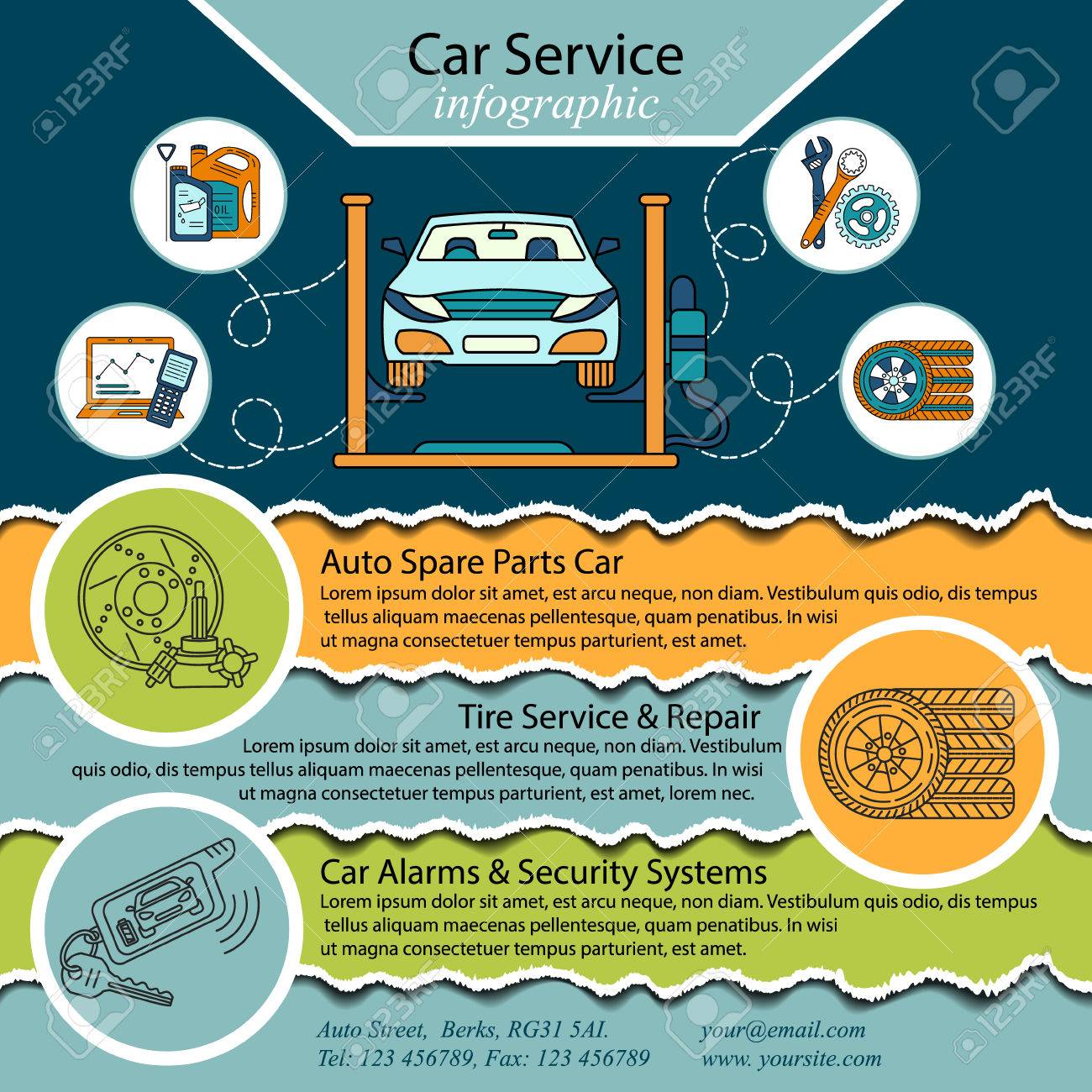An Introductory Guide To Decoding Your Car'S Caution Indicators
An Introductory Guide To Decoding Your Car'S Caution Indicators
Blog Article
Content Author-Udsen Kemp
When you lag the wheel, those little warning lights on your vehicle's dashboard can be quite difficult. What do check out the post right here suggest, and should you be worried? Understanding these signals is critical for your car's wellness, but it doesn't need to be a complicated task. By deciphering the secret behind each light, you'll be furnished to manage potential issues effectively and maintain your automobile running smoothly. So, following time a caution light flashes, don't panic - arm yourself with expertise and take control of the situation.
Relevance of Car Caution Lights
Recognizing the importance of your auto's warning lights is vital for maintaining your lorry's health and wellness. These lights serve as your automobile's communication system, alerting you to prospective concerns that might endanger your safety and security when traveling or result in pricey repair work if ignored. By paying attention to these cautions, you can address issues early and prevent further damages to your vehicle.
Disregarding advising lights can lead to severe consequences, such as engine failing, brake breakdowns, or even mishaps. These lights are designed to notify you of concerns varying from low tire stress to engine breakdowns, offering you the opportunity to act before the circumstance aggravates. Consistently examining and understanding these cautions can save you time, money, and ensure your safety and security while driving.
In addition to maintaining you safe, responding quickly to cautioning lights can likewise help extend the lifespan of your automobile. By addressing problems early on, you can prevent little issues from rising right into major fixings, eventually saving you time and money in the long run. Keep in mind, your automobile's warning lights are there for a reason - don't disregard them!
Common Caution Lighting and Meanings
When it pertains to driving your vehicle, understanding usual warning lights and their meanings is crucial for your security and vehicle maintenance. Here are a few common caution lights you might encounter:
1. ** Inspect Engine Light **: This light shows an issue with your engine. Maybe something minor like a loose gas cap or something a lot more serious like engine misfiring.
2. ** Battery Light **: This light signals an issue with your automobile's charging system. It could indicate a malfunctioning battery, generator, or various other related elements.
3. ** Oil Stress Light **: When this light begins, it indicates your engine might be running low on oil or experiencing reduced oil pressure, which can result in engine damages otherwise dealt with immediately.
4. ** Brake System Light **: This light shows a problem with your stopping system. It could suggest low brake liquid degrees or a problem with the brake system that calls for instant focus.
Understanding these usual warning lights will aid you determine possible concerns beforehand and prevent more considerable issues down the road.
Exactly how to React To Caution Lights
In the event that a warning light illuminates on your auto's dashboard, it's important to react without delay and appropriately. When a caution light comes on, the primary step is to consult your owner's manual to recognize the particular problem shown by the light.
Some lights call for immediate focus, while others may suggest a much less immediate matter. If pop over here is red or blinking, it's generally a sign of a serious trouble that needs prompt action. In such instances, it's suggested to pull over securely, switch off the engine, and seek expert assistance.
For yellow or orange caution lights, while they might not call for prompt interest, it's still vital to address the underlying issue without delay to stop further damage. Normal maintenance and evaluation can help avoid warning lights from beginning all of a sudden.
Final thought
Finally, comprehending your car's warning lights is critical for keeping your automobile's health and wellness. By routinely checking and responding to these warnings, you can attend to potential problems early and protect against expensive repair work or safety and security threats. Keep in mind to consult your owner's handbook for information on different caution lights and always take instant action for red or blinking lights. Remain positive and keep your auto running smoothly!
